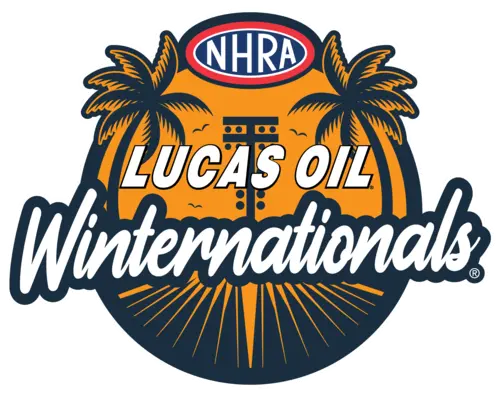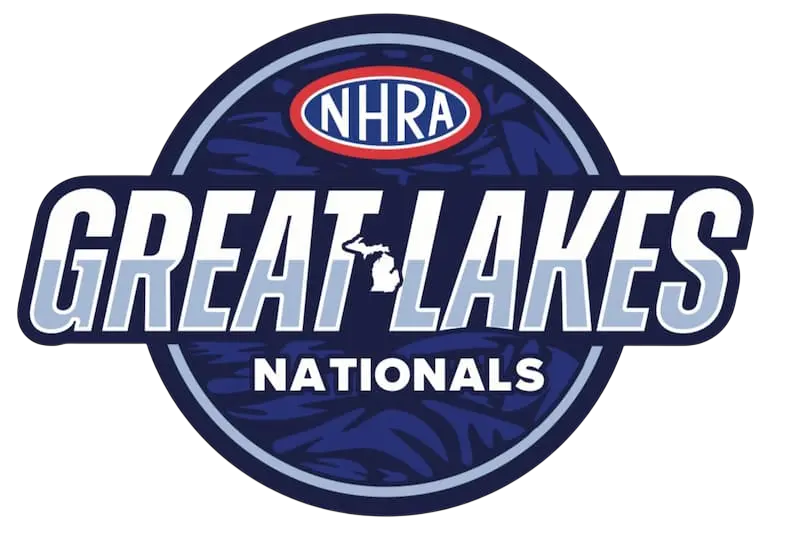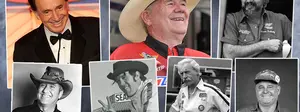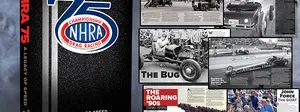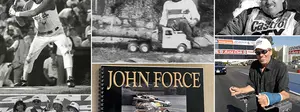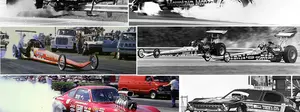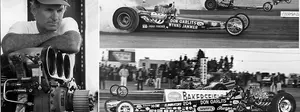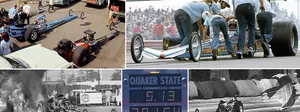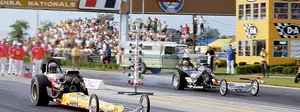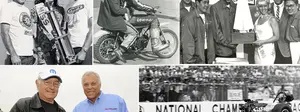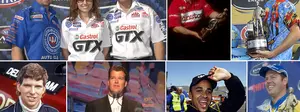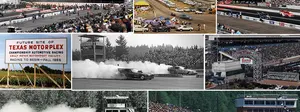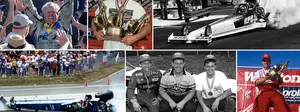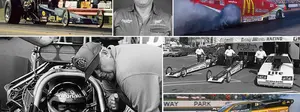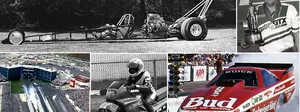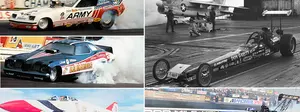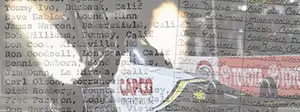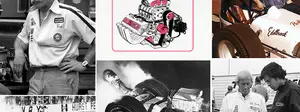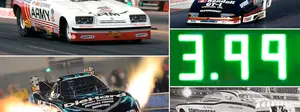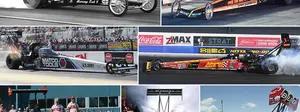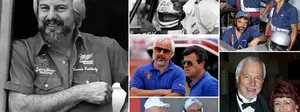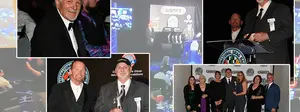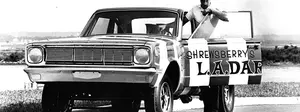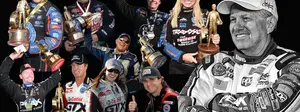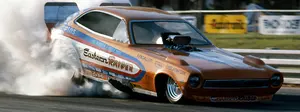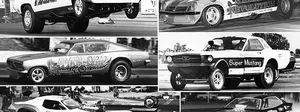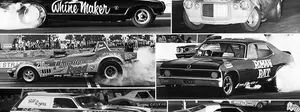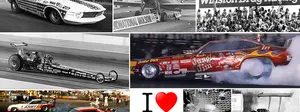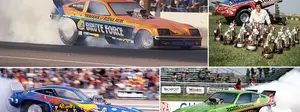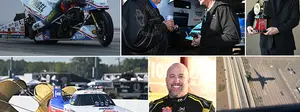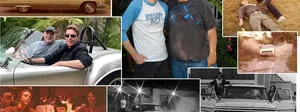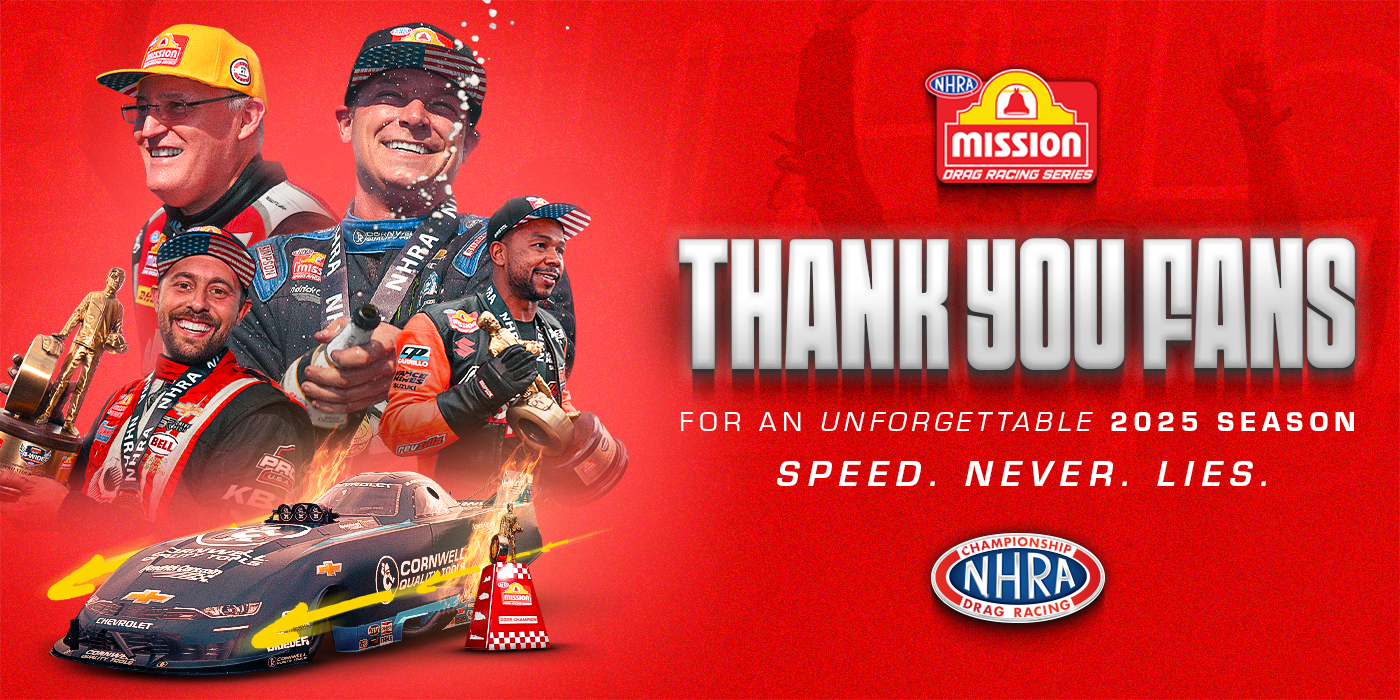

Growing up boy
I still have the first cars I ever owned. Let's see, there's that 1967 sleek Corvette and an immaculate '57 T-Bird convertible. A pretty cool late '30s Cord. Yes, friends, those were some pretty hot wheels for a 9-year-old to own. And, of course, they were Hot Wheels.
I learned an awful lot about cars before I ever reached double-digit age, education courtesy of Mattel. By 9, I knew what a Chevy Nomad looked like and could spot a Mercedes 280SL a quarter-mile away before I even knew what one cost. While most kids were trying to attach a new sissy bar to their bike's banana seat, I knew all about the wild-winged Chaparral 2G, knew what McLaren M6A , Lola GT70, Ferrari 312P, and Porsche 917 sports cars looked like, and could tell the difference between a Gurney Eagle, a Lotus Indycar, and a Brabham F1 machine. They don't teach this stuff at school.
I had all the great Hot Wheels cars. The Python, Torero, Turbofire, Tri-Baby, Twinmill, Short Order, Hairy Hauler, Grass Hopper, Evil Weevil, Bugeye, Peeping Bomb, Power Pad, T-4-2, Swingin' Wing, What-4, Six Shooter, Rocket-Bye-Baby, Mantis, Noodlehead, Whip Creamer, Side Kick, Mutt Mobile, and Mod Quad. Two engines, three engines, four engines, six wheels, jet engines, blown, injected, and turbine-powered – there was no limit of their creativity, either in name or design that came from the fertile minds of Ira Gilford, Howard Rees, Larry Wood, Paul Tam, and their pals at Mattel.
Who can forget the infamous Beatnik Bandit, Red Baron, Ice T, Paddy Wagon, Silhouette, and Splittin' Image, and, of course, the cars from the Sunday morning Hot Wheels cartoon like the Jackrabbit Special, the Demon, and the Sand Crab?
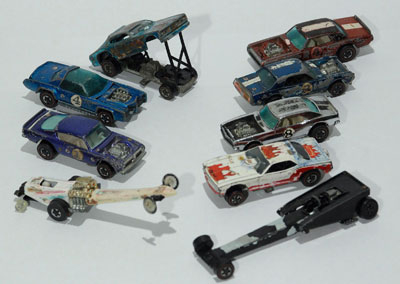 |
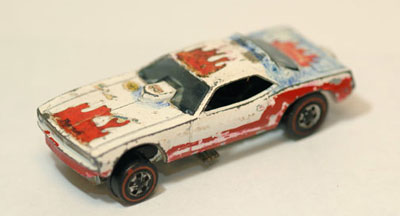 |
But, perhaps foretelling my future, the cars I dug the most were the ones that looked like drag race cars. Of course, the "Snake" and Mongoose" Funny Cars and the wheelstanding front-engines dragsters were my favorites but I also had the fantasy twin-engined Funnies like the Funny Money armored car and S'cool Bus" schoolbus. I also loved the cars whose engine bays were devoid of hoods and crammed with supercharged engines, cars like the King Cuda (a Barracuda), Nitty Gritty Kitty (Cougar), T-N-T-Bird (Thunderbird), Sugar Caddy (Cadillac), and Heavy Chevy (Camaro). I even sent away for a special chromed edition of the Heavy Chevy. Of course I held national events (and destruction derbies, which explains them being beat all to hell), and even had the Hot Wheels ambulance, firetruck and Pit Crew Car standing by … just in case.
Hot Wheels purists around the world are probably crying looking at the paint job I foisted upon my once-pristine Prudhomme Barracuda in 1975 to make it look like his Army Monza. It's a crime what a 15-year-old can do with some WhiteOut and red nailpolish. Oh, the horror. For some reason I also thought that Prudhomme's front-engined dragster looked better in Export A colors (barely visible now after 32 years of fade) and, of course, I painted the rear-engine dragster black. (If you have to ask why, you’re reading the wrong column.)
Looking at eBay the other day, there were nearly 24,000 Hot Wheels auctions going on, and I could probably buy a real Funny Car if all my cars were in mint condition. For the last 20 years or so, my Hot Wheels collection has become the ultimate SIMO, tucked away neatly in the bottom of a credenza, the cars lovingly heaped one upon one another in a canvas duffle bag. I just don't understand how that didn’t keep them in pristine condition. Go figure.
 |
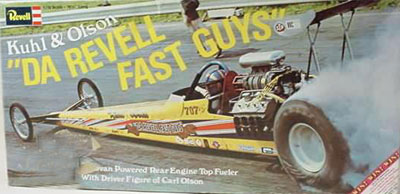 |
Growing up boy was an awesome learning experience. You girls really missed out.
A kid could learn a lot about cars back then. We learned the dynamics of vehicle body roll, how a towed wagon simply can't corner like a bicycle. We tortured our bicycles' rear tires, skidding them into shreds on the streets in front of our homes to learn about vehicle control. We learned a lot – I mean A LOT – about how gravity works, and we've got the scars to prove it.
The real gearheads among us built models, which were really informative because the instruction sheet always told you the part's name and showed you were to "install" it. (That, of course, is also where we guys learned how to build things without looking at the instructions. To this day I can still quickly assemble a store-bought piece of furniture or shelving using just the picture on the box, plus I always end up with lots of extra screws left over that the manufacturer must have mistakingly included. Cool!)
Growing up boy I probably assembled enough Funny Car models to land an internship with Murf McKinney. Jungle Jim, Pisano & Matsubara, Ed McCulloch, and dozens of fictitious machines. I learned how to "customize" these cars, turning them into convertibles while simultaneously exploring the delicate relationship between finger skin and Xacto blades. (We also learned not to poke one of those metal axles into a wall receptacle; oh, that was only me?) We could build improbable machines, with superchargers stacked four high upon one another, with seats glued to the roof and hood scoops to the trunk deck.
(Parental warning: Do not let your kids read any further.)
And, of course, it wasn't just about building the cars. While Barbie was teaching our sisters which shoes went with which purse, we had a higher calling. It was our civic duty and testosterone calling to also explore the limits on the other end of the vehicle life cycle, conducting secretive experiments on "rapid vehicle disassembly," courtesy of our new friend, the firecracker. We toiled relentlessly to discover the thermodynamic properties of various accelerants such as lighter fluid and, yes, even the glue that first welded the pieces together. I love the smell of burning plastic in the morning. Dave Benjamin would have been proud.
We graduated from the 1/24th scale models to the 1/16th scale, like the Kuhl & Olson Da Revell Fast Guys kit, which included wiring and plumbing and even a replica driver, which is how I first "met" Carl Olson, years before I worked with him here at NHRA. They cost a lot more but came apart just as easily.
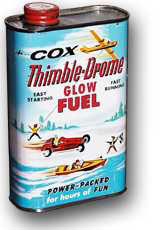 |
We moved on to actual running cars, Cox dragsters and Funny Cars with small engines that ran on "glow fuel" -- which I'm pretty sure was part nitromethane -- and, tethered to a line that stretched down the street, positively hauled ass. Of course, we never often ran them actually tethered to the line, thus quickly discovering the fragility of the spoked front wheel. (My stepfather grew wearing of replacing them and eventually made me some solid rubber wheel/tires.) The dragster came with an actual drag parachute (which was tripped by a knot tied into the line), so we also learned how to stuff a parachute into a little plastic chute pack. I'm pretty sure the Pros do it the same way to this day. Some of you (not me … ever) tied the car to solid objects to see just how smokey a burnout you could do and found that doing a fire burnout was a lot trickier than Don Garlits was letting on.
Man ... good times! Girls, you really missed out.
Of course, it wasn't long before we got our driver's licenses and set out to chart another course in our automobile-obsessed life, wherein we learned other lessons about immoveable objects, the limits of tire adhesion, and how radar guns work. But those are stories for other times. I really gotta get back to work.





